Expansion of Retail and E-commerce Channels
The Vinyl Flooring Market is experiencing a transformation with the expansion of retail and e-commerce channels. As consumers increasingly turn to online shopping for home improvement products, vinyl flooring manufacturers and retailers are adapting their strategies to meet this demand. The rise of e-commerce platforms allows consumers to access a wider variety of vinyl flooring options, often at competitive prices. Market data indicates that online sales of flooring products are projected to grow significantly, reflecting changing consumer purchasing habits. Additionally, brick-and-mortar retailers are enhancing their in-store experiences to attract customers, offering interactive displays and knowledgeable staff to assist in the selection process. This dual-channel approach is likely to drive sales and increase market penetration for vinyl flooring products. As retail and e-commerce channels continue to evolve, the Vinyl Flooring Market is positioned for sustained growth.
Rising Demand for Affordable Flooring Solutions
The Vinyl Flooring Market experiences a notable increase in demand for affordable flooring solutions. As consumers seek cost-effective alternatives to traditional flooring materials, vinyl flooring emerges as a popular choice due to its competitive pricing and durability. The market data indicates that the vinyl flooring segment is projected to grow at a compound annual growth rate of approximately 6% over the next few years. This growth is driven by the rising number of residential and commercial construction projects, where budget constraints often dictate material choices. Additionally, the ease of installation and maintenance associated with vinyl flooring further enhances its appeal, making it a preferred option for homeowners and businesses alike. As the demand for affordable yet stylish flooring options continues to rise, the Vinyl Flooring Market is likely to expand significantly.
Increased Awareness of Health and Safety Standards
In recent years, there has been a marked increase in awareness regarding health and safety standards within the Vinyl Flooring Market. Consumers are becoming more discerning about the materials used in their homes and workplaces, leading to a preference for flooring options that are free from harmful chemicals. Vinyl flooring manufacturers are responding to this trend by producing products that comply with stringent health regulations, such as low-VOC emissions. This shift not only enhances consumer confidence but also aligns with the growing emphasis on creating healthier indoor environments. Market data suggests that the demand for eco-friendly and safe flooring solutions is expected to rise, potentially driving the vinyl flooring segment's growth. As awareness of health and safety continues to shape consumer preferences, the Vinyl Flooring Market is likely to adapt and innovate to meet these evolving demands.
Growing Popularity of DIY Home Improvement Projects
The Vinyl Flooring Market is witnessing a surge in popularity due to the growing trend of DIY home improvement projects. As more homeowners take on renovation tasks themselves, the demand for easy-to-install flooring options has increased significantly. Vinyl flooring, known for its user-friendly installation process, appeals to DIY enthusiasts who seek to enhance their living spaces without the need for professional assistance. Market data suggests that the DIY segment is expected to account for a substantial share of the vinyl flooring market, driven by the desire for customization and cost savings. This trend is further supported by the availability of online resources and tutorials that empower consumers to undertake their own flooring projects. As the DIY movement continues to gain momentum, the Vinyl Flooring Market is likely to benefit from this shift in consumer behavior.
Technological Innovations in Vinyl Flooring Production
Technological advancements play a crucial role in shaping the Vinyl Flooring Market. Innovations in manufacturing processes, such as improved printing techniques and enhanced durability features, are transforming the quality and aesthetics of vinyl flooring products. For instance, the introduction of digital printing technology allows for more intricate designs and textures, making vinyl flooring a more attractive option for consumers. Additionally, advancements in wear layer technology contribute to increased durability, making vinyl flooring suitable for high-traffic areas. Market data indicates that the integration of technology in production is expected to drive growth in the vinyl flooring segment, as consumers increasingly seek products that combine functionality with design. As these technological innovations continue to evolve, the Vinyl Flooring Market is poised for further expansion and diversification.


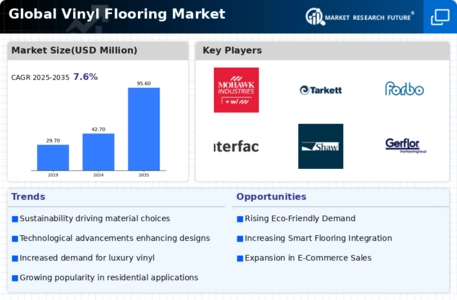

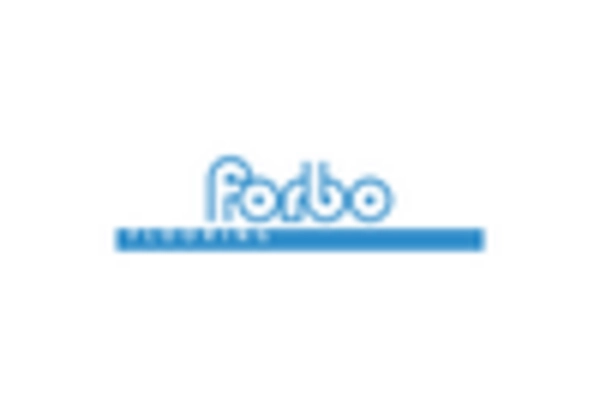
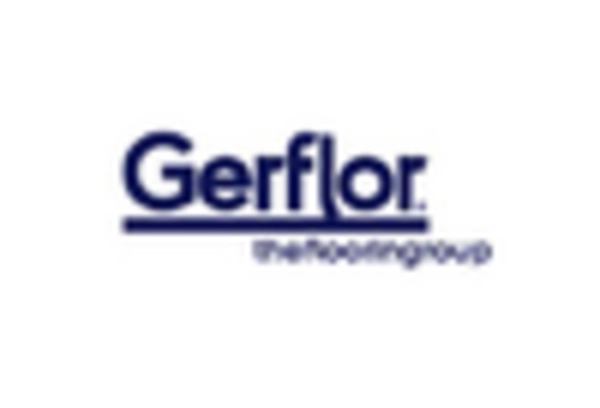
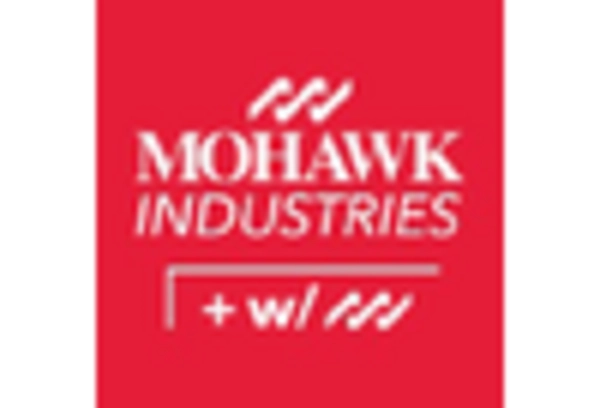

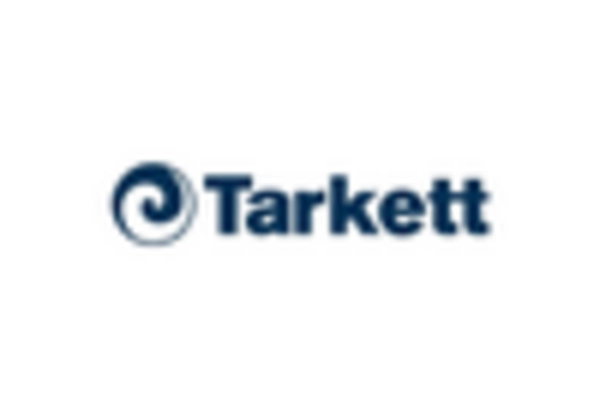








Leave a Comment